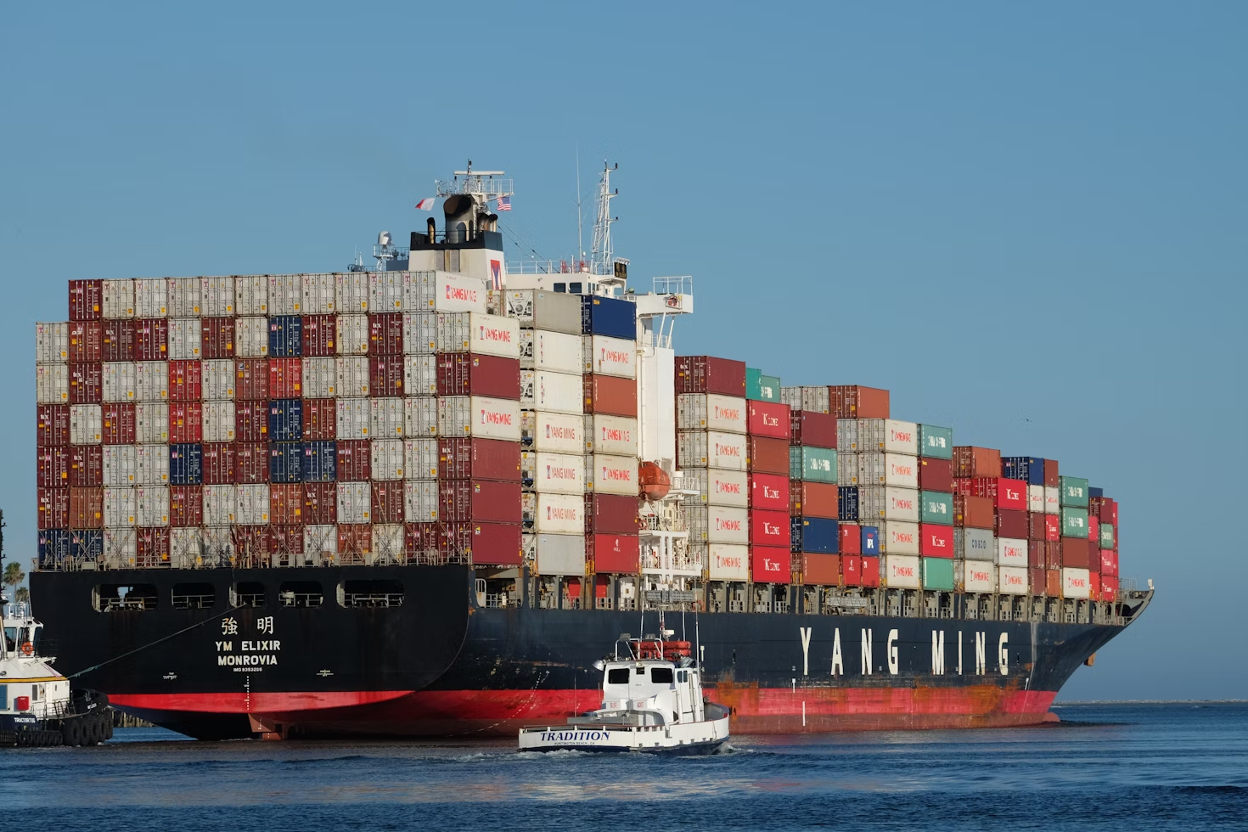How To Stack Shipping Containers
Get a quoteGuide to Stacking Shipping Containers
Key Takeaways
- Inspect all shipping containers thoroughly before stacking so they are in good condition.
- Prepare a stable foundation to prevent containers from shifting or collapsing.
- Choose the right equipment, like cranes or forklifts, based on your project's scale.
- Get proper alignment and secure containers with corner castings and twist locks.
- Conexwest is your go-to solution for all your shipping container needs, including stacking them.
How To Stack Shipping Containers In 6 Steps
1. Inspect the Containers
Before you begin stacking, inspect each shipping container for structural integrity: look for any visible damage, such as cracks, dents, or rust. Check that the corner posts and flooring are sound, as these areas bear most of the weight when containers are stacked.
If any containers show signs of weakness, repair or replace them before proceeding with stacking. Otherwise, you may compromise the safety and stability of containers.
2. Prepare the Site
Site preparation is another important aspect of safe stacking as it helps prevent shifting and potential accidents during stacking.
The ground should be level and stable to support the weight of the containers. Depending on your location, you may need to lay a gravel base, construct a concrete pad, or perform ground grading.
For stacking on ships, check that the deck is structurally sound and can handle the weight distribution of the containers.
3. Align Your Containers
Accurate alignment is critical for maintaining structural stability when stacking containers. Stack containers from corner post to corner post so that all four corners of the upper container rest on the corners of those below it.
This alignment helps distribute weight evenly and reduces the risk of tipping or collapse. Using alignment tools or machinery such as container handlers can assist in achieving precise positioning.
4. Decide Your Stacking Method
Choose an appropriate stacking method based on your intended use:
- Vertical Stacking: This is the most common method where containers are stacked directly on top of one another to maintain a uniform layout that maximizes space.
- Offset Stacking: Often used in modular construction, this method involves placing containers in an aesthetically pleasing or functional arrangement, which may require additional support for stability.
5. Secure Your Containers
Once stacked, you need to secure the containers to prevent movement during transit or adverse weather conditions. Use twist locks at each corner to connect containers securely and consider using lashing rods for added stability. If stacking on a ship, check that containers are secured to the vessel’s deck to prevent sliding during travel.
6. Monitor Stability
After stacking, continuously monitor the stability of your container stacks, especially if they are exposed to wind or other environmental factors. Regular checks help identify any shifts or potential issues early on.
Conexwest, a leader in shipping and storage solutions based in Northern California, offers new, used, and refurbished containers from 10ft to 45ft, with fast delivery within 3-7 days and container fabrication options like adding shelves and locks. We serve over 10,000 customers nationwide, including prestigious clients like the U.S. Navy and Google. As an ISO 9001 and AWS-certified company, we ensure top quality and competitive pricing. |
Use Cases Of Stacked Containers

The stacking of containers helps ships maximize their load capacity
- Port Storage and Logistics: In busy ports, stacking containers allows for the use of limited land effectively to allow for the organization of cargo by type, destination, or shipping date, which boosts operational efficiency.
- Construction Sites: Shipping containers are increasingly used in construction for creating temporary offices, storage spaces, or even permanent structures like homes and commercial buildings. Stacking allows for innovative architectural designs and efficient use of space.
- Temporary Storage Solutions: Businesses and individuals often require additional storage in densely populated areas. Stacking containers provides a cost-effective solution for creating extra storage space without requiring a larger footprint.
- Shipping and Transport: Containers can be stacked securely during transport on ships, often up to eight high, for safe delivery of goods while maximizing cargo space.
- Retail and Pop-Up Shops: Stacked containers can serve as unique retail spaces or pop-up shops in urban areas to provide flexible commercial solutions that can be easily relocated.
Choose Conexwest For Your Shipping Container Needs

Conexwest has the right equipment to stack shipping containers safely and efficiently
When choosing a provider for your shipping container needs, we at Conexwest stand out for several compelling reasons:
1. Extensive Inventory
We have a vast selection of shipping containers in sizes ranging from 10ft to 45ft in length. With our diverse inventory of new, used, and refurbished containers, we can suit all budgets and requirements.
2. Custom Solutions
Our team can do custom modifications to your containers and adapt it as per your needs. To give you an idea, our customization options include installing windows, doors, HVAC, ventilation, and insulation.
3. Expertise in Stacking
We can assist you in stacking containers safely with the use of specialized tools to maximize your space while maintaining stability.
4. Exceptional Customer Service
Our team of specialists is dedicated to providing you with outstanding customer service. We are here to assist you from the moment you reach out for a quote until your container is delivered and set up (and even beyond).
5. Commitment to Quality
Each of our units undergoes thorough inspections so that it meets our high standards before it reaches you. Thus, you can trust our containers to be durable and reliable.
If you are ready, you can call our specialists directly at (855) 878-5233 or request a quote online by clicking the link below.
Frequently Asked Questions (FAQs)
- How many containers can be stacked safely?
The number of containers that can be safely stacked depends on various factors, including the condition of the containers, the foundation, and environmental conditions. Generally, containers can be stacked up to eight high in a controlled environment. However, for safety and stability, it's essential to follow manufacturer guidelines and consult with a structural engineer.
- What is the best foundation for container stacking?
The best foundation for container stacking is one that provides a stable and level surface and can handle the weight, and concrete pads are a popular choice due to their durability and support. Gravel beds are another option that ensures excellent drainage and stability.
- What equipment is needed for stacking containers?
Stacking shipping containers requires heavy lifting equipment such as cranes or forklifts. Cranes are often used in shipyards for loading and unloading, while forklifts may be more practical for smaller stacks or limited spaces. Operators should be trained and experienced in handling these machines for safe and efficient stacking.
- Are there any OSHA regulations regarding container stacking?
Yes, OSHA provides guidelines for safely stacking shipping containers. These regulations emphasize that containers must be stacked in a way that prevents sliding or collapse so they are stable and secure at all times. Companies should follow these guidelines to protect workers and avoid potential hazards in the workplace.
- How does Conexwest support its customers after purchase?
We provide reliable after-sales support, including assistance with installation and compliance with local regulations. Should any issues arise with your container, our customer service team is just a call away to provide guidance and support.
